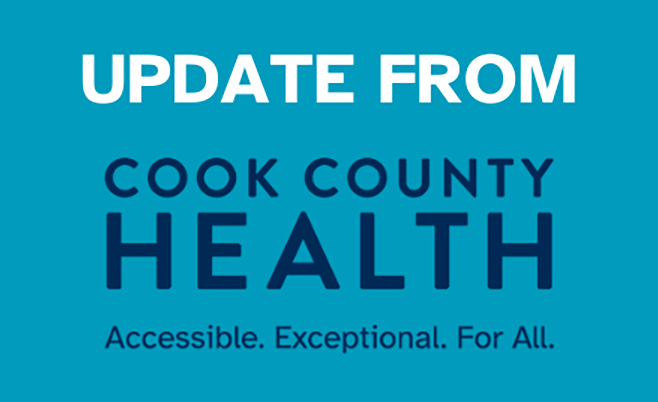A sharp reduction in spending at the Cook County Health and Hospitals System helped drive down the taxpayer subsidy in fiscal 2012 by nearly $100 million, to roughly $287 million, according to a Crain’s estimate.
Spending fell in part due to cost-cutting but also to fewer patients seeking care, which lowers expenses because a large number of the system’s patients are uninsured. Tax dollars bridge the gap between operating revenue and expenses for Cook County Health, which includes the flagship Stroger Hospital on the Near West Side and Provident Hospital on the South Side.
Cutting taxpayer support has been a top priority for Ramanathan Raju since October 2011, when he took the reins as CEO of Cook County Health, one of the largest public health care systems in the nation, with annual spending of more than $900 million.
“I am very happy with the progress we’ve made, but we still have a lot to do,” Dr. Raju said.
The subsidy fell more than 25 percent in the fiscal year that ended Nov. 30, down from $385.6 million in fiscal 2011, based on an analysis of unaudited financial figures. The subsidy topped $411 million in fiscal 2010, according to the Civic Federation, a Chicago-based fiscal watchdog group.
“Is that an indication of a good job, or how far they have to go?” said Robert Kaestner, a health care expert and professor at the Institute of Government and Public Affairs at the University of Illinois.
The 2012 subsidy was estimated by adding the budgeted subsidy of $253.8 million and the net loss of $33.3 million. The estimated subsidy was confirmed by John Cookinham, chief financial officer of Cook County Health.
Net patient service, grant and other revenue rose 5.1 percent, to $585.8 million in 2012, up from $557.4 million in 2011, the figures show.
But operating expenses fell nearly 9.7 percent, to $929.9 million, in 2012, down from $1.03 billion in 2011.
Patient admissions have dropped 17.6 percent, to 25,334 in 2012, down from 30,728 in 2010. Emergency room visits in 2012 reached their lowest levels in three years, with 194,843 visitors. In 2012, only 3 percent of county patients had private health insurance.
In 2014, the federal health care overhaul is expected to provide some form of coverage for a projected 32 million people nationwide, including about 1.2 million people in the Chicago area, according to estimates.
That change should make a difference to Cook County Health, Mr. Kaestner said.
“Going forward, that bottom line should improve without any change in management and efficiency because the number of non-paying people should decrease,” he said.
One key to Cook County Health is capturing a large share of patients newly eligible for Medicaid under the federal health care law. The system got a jump-start last year with federal approval to start signing up early as many as 115,000 new Medicaid beneficiaries.
Called CountyCare, the new program is expected to emphasize outpatient treatment and generate about $100 million in annual net patient revenue.
“The movement toward the outpatient . . . delivery model is certainly the progressive approach,” said Duane Fitch, president of Oak Brook-based Fitch Healthcare Consulting LLC and chief financial officer of Roseland Community Hospital, a South Side safety-net institution.
The county health system, which for years was unable to master the basics of billing, cut in half the number of days of accounts receivable outstanding, to 122 days in 2012, compared with 2010.
Purchased and rented services fell 22.1 percent, to $135.5 million, in 2012, from $174.0 million in 2011. The drop was the biggest cost reduction of 2012.
Cook County Health’s operating revenue rose but still fell far short of budget. The system overbudgeted by $80.5 million the amount of Medicaid dollars it would receive in 2012.
Stroger’s revenue was hurt when the hospital was forced to close 25 beds for five months because of a staffing shortage, Dr. Raju said. The system was left short when 40 nurses unexpectedly retired at the end of 2011 and it couldn’t hire temporary replacements because of union rules, he said.
Christine Zook, a labor representative at Silver Spring, Md.-based National Nurses United, which represents about 180,000 registered nurses nationwide, including the roughly 1,500 in the county health system, said year-end retirements are common, particularly because of the uncertainty created by potential changes to public employee pensions in Illinois.

